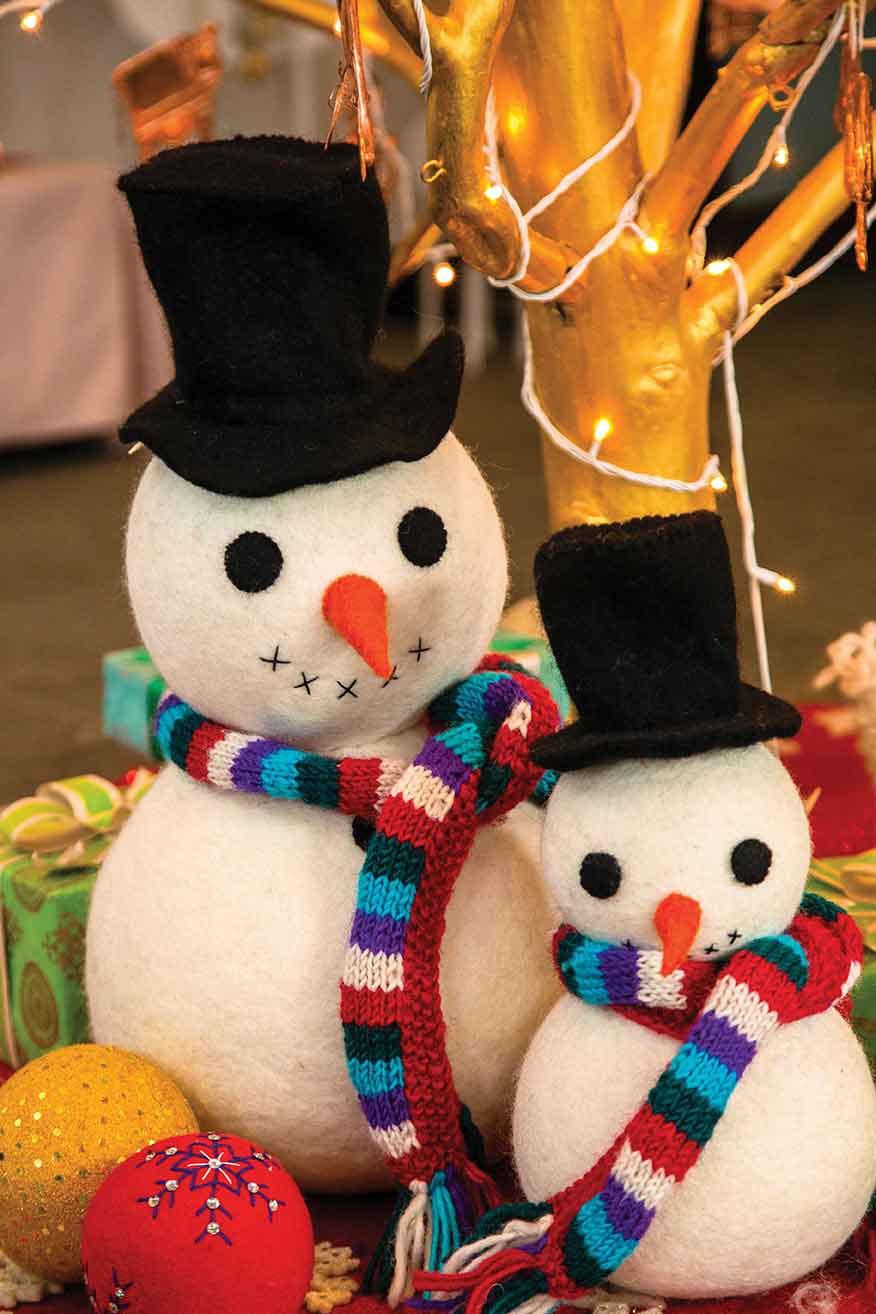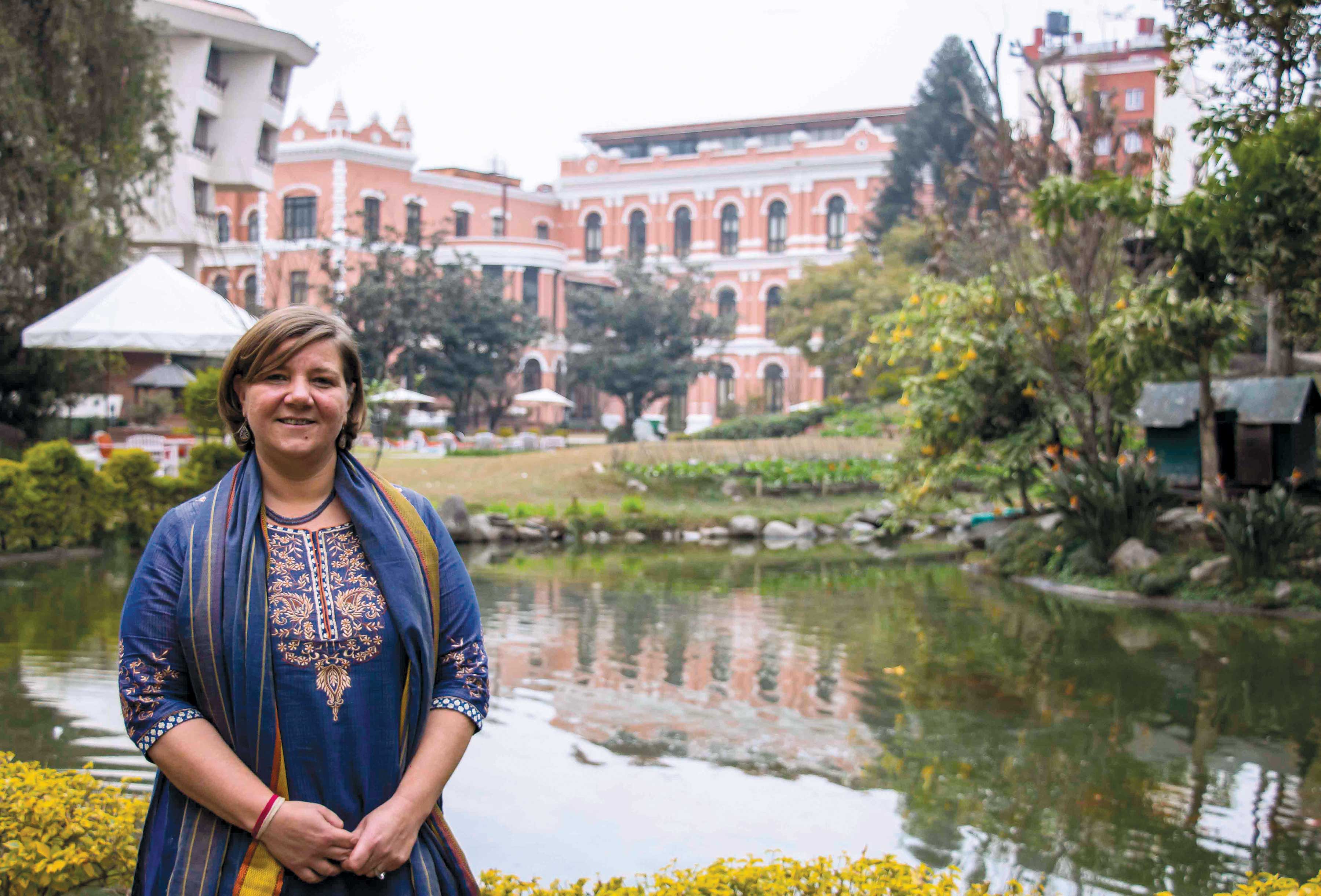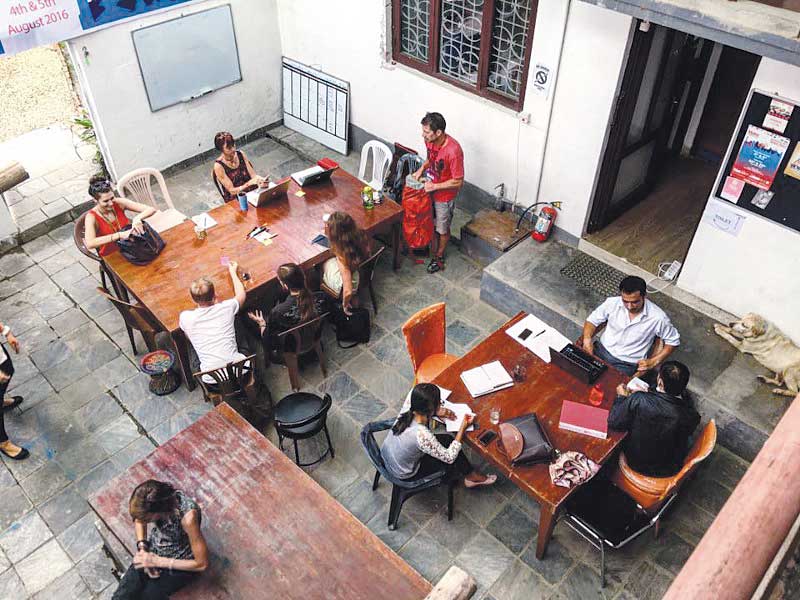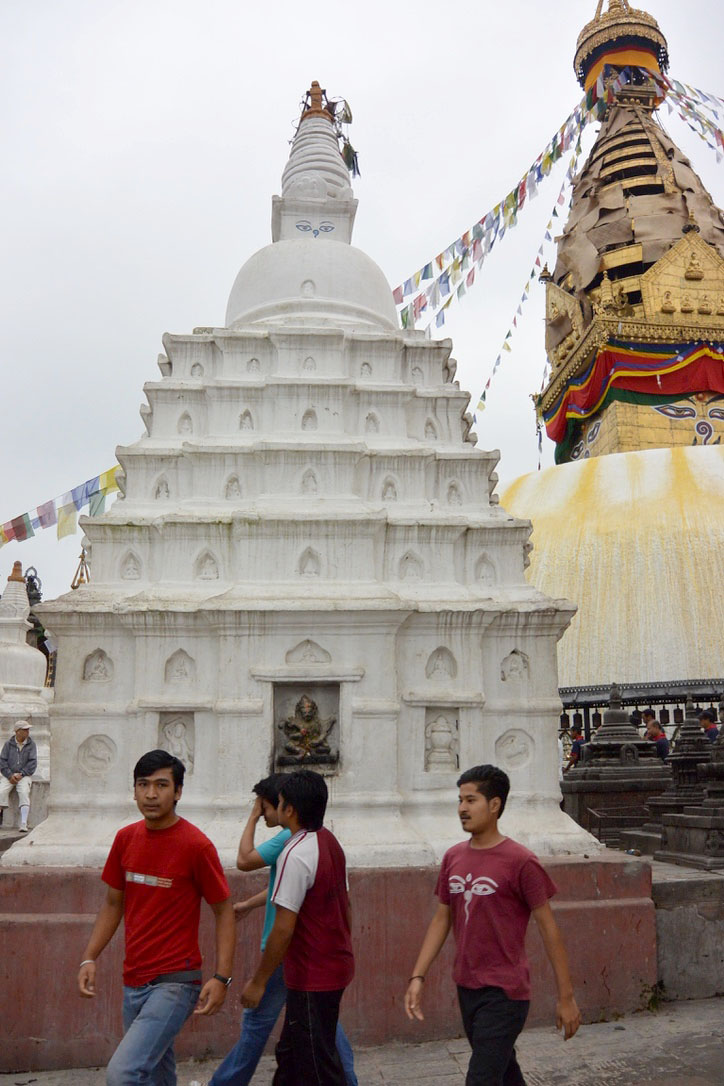If you look for Kathmandu on Google Earth, one historical monument will stand out distinctly. You will see a green patch amidst a chaotic maze of buildings and as you zoom in, the white temple in the middle of the patch gets visible. Ironically, Rani Pokhari, a 17th century monument works as a clearer navigation point than other latter structures.
 Built by king Pratap Malla in memory of his favorite son Chakravartendra Malla, Rani Pokhari - as the monument and the premises are known - is not a natural pond. “The queen was inconsolable after the death of her son, so Pratap Malla dug out this pond that was in the outskirts of Kathmandu then,” said Pushkar Pd Rajbhandri, Professor, Culture Department at Tribhuwan University. Water was brought from various pilgrimage sites in India and Nepal to fill the large crater. “Heartbroken by her son’s death, the queen became ill and was unable to go on a pilgrimage. So the water was brought from holy sites like Muktinath and Badrinath among many others,” said social entrepreneur and culture expert Anil Chitrakar.
Built by king Pratap Malla in memory of his favorite son Chakravartendra Malla, Rani Pokhari - as the monument and the premises are known - is not a natural pond. “The queen was inconsolable after the death of her son, so Pratap Malla dug out this pond that was in the outskirts of Kathmandu then,” said Pushkar Pd Rajbhandri, Professor, Culture Department at Tribhuwan University. Water was brought from various pilgrimage sites in India and Nepal to fill the large crater. “Heartbroken by her son’s death, the queen became ill and was unable to go on a pilgrimage. So the water was brought from holy sites like Muktinath and Badrinath among many others,” said social entrepreneur and culture expert Anil Chitrakar.
In his book History of Nepal, first published in 1877, author Daniel Wright mentions that Pratap Malla built “the temple of “family deity” in the middle of the tank”. However, the present structure of the temple isn’t the original one. “The architecture, especially the dome reflects more of the Mughal era style, even the material used, vajra (mixture of brick powder and lime) was used post 1850s,” said Chitrakar. According to Rajbhandari, the original temple had Shikhar style roof and that terra cotta was used to build the temple. “You can still find traces of statues made of terra cotta around that temple. A huge earthquake struck Kathmandu valley in 1890, so my guess is the temple might have been re-built after it got damaged in that quake,” Rajbhandari added.
Besides the central statue of the Shiv lingam, the temple has statues of many other deities. Tara Kapali, who married into a family of priests who have been caretakers of Rani Pokhari for the last six generations, says that there are statues of Bal Gopal, Lord Surya riding a horse, Bhairav, Garud and other avatars of Lord Vishnu in the temple.
Another significant statue that both Chitrakar and Rajbhandari mention is the huge statue located south of the temple. “The statue has Pratap Malla along with his two sons – Mahipatendra and Chakravartendra – on top of an elephant,” added Rajbhandari. Though it has gone through certain changes Rani Pokhari has stood the test of time as one of the most beautiful landmarks in an increasingly concrete Kathmandu.











